Table of Contents
Come join us now, and enjoy playing your beloved music and browse through great scores of every level and styles!
Can’t find the songbook you’re looking for? Please, email us at: sheetmusiclibrarypdf@gmail.com We’d like to help you!
Led Zeppelin The Lemon Song Background Guitar Play Along Vol. 73 TAB sheet music, Noten, partitura, spartiti 楽譜
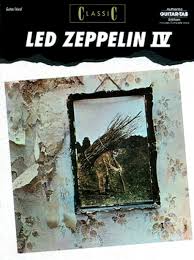
Best Sheet Music download from our Library.
Please, subscribe to our Library.
If you are already a subscriber, please, check our NEW SCORES’ page every month for new sheet music. THANK YOU!
Browse in the Library:
Or browse in the categories menus & download the Library Catalog PDF:
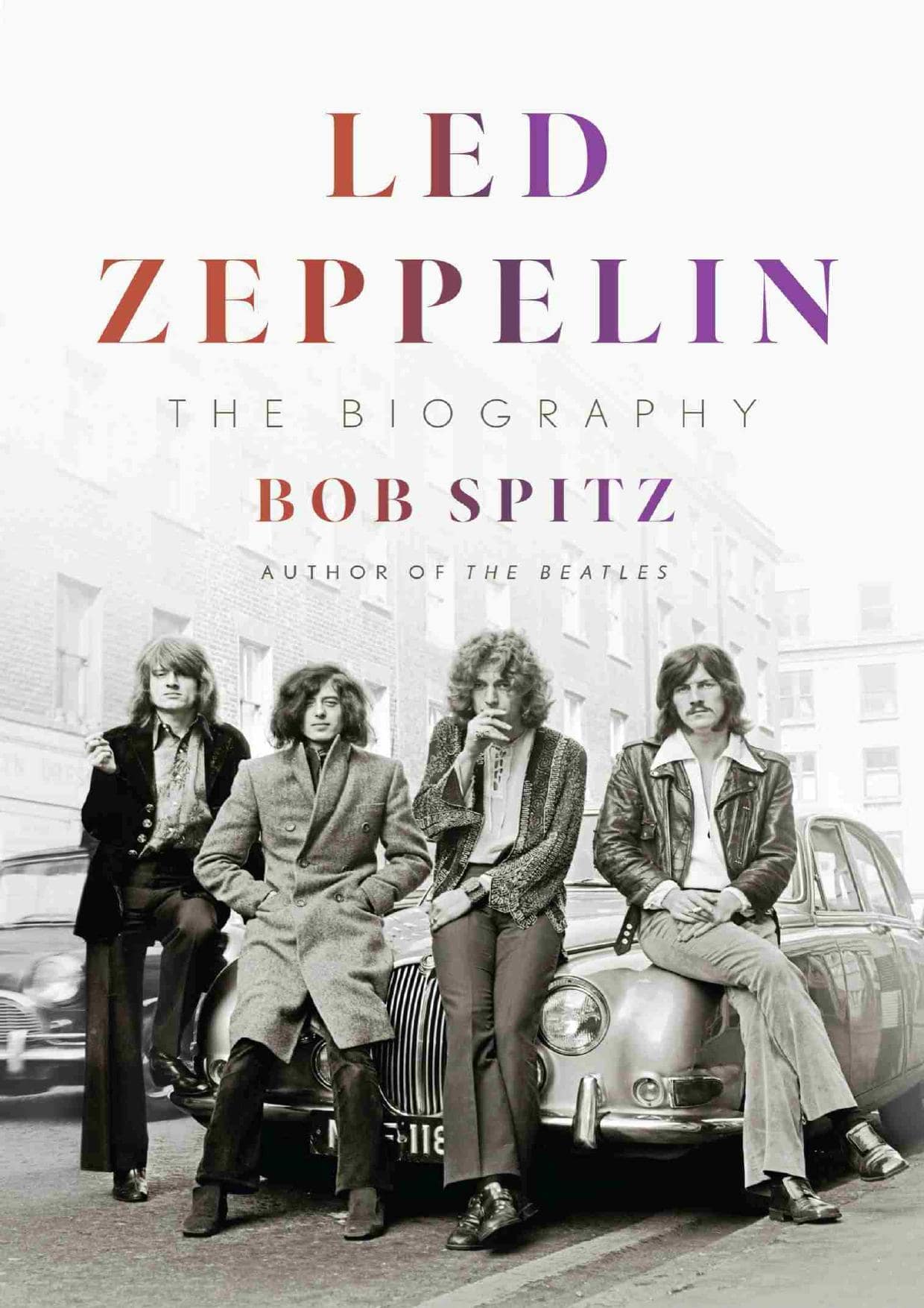


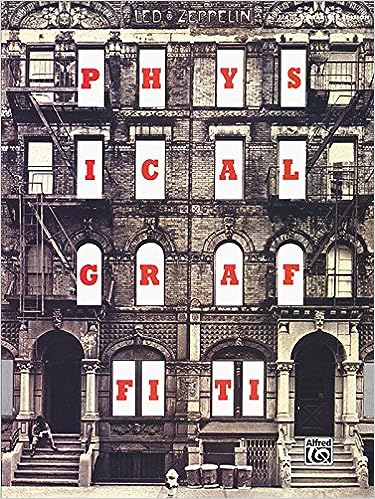
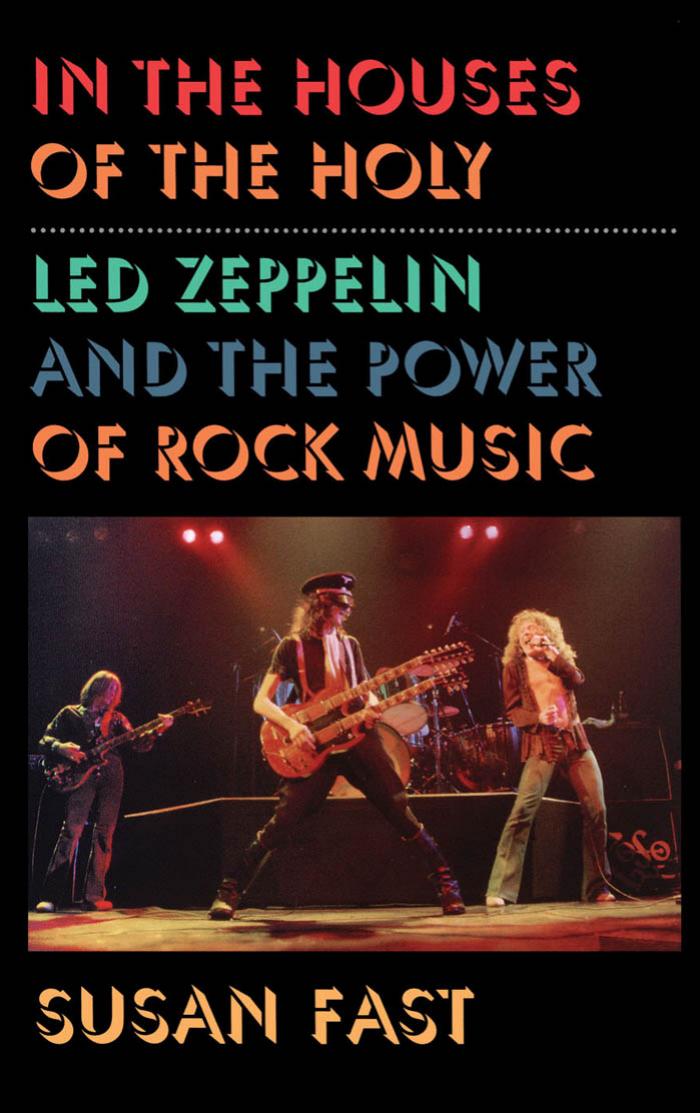
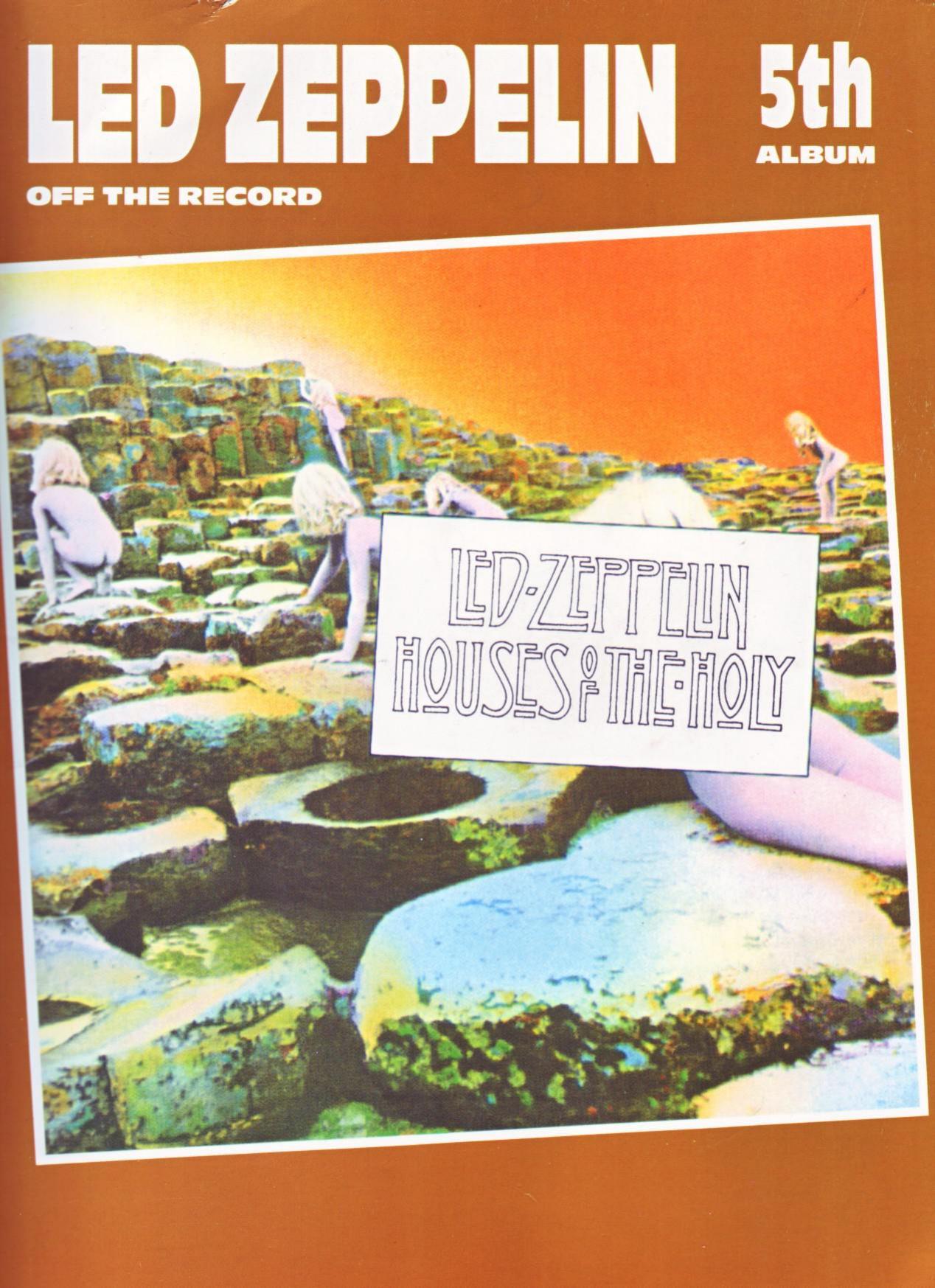
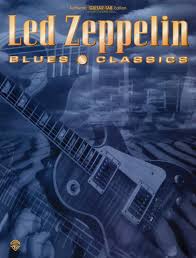
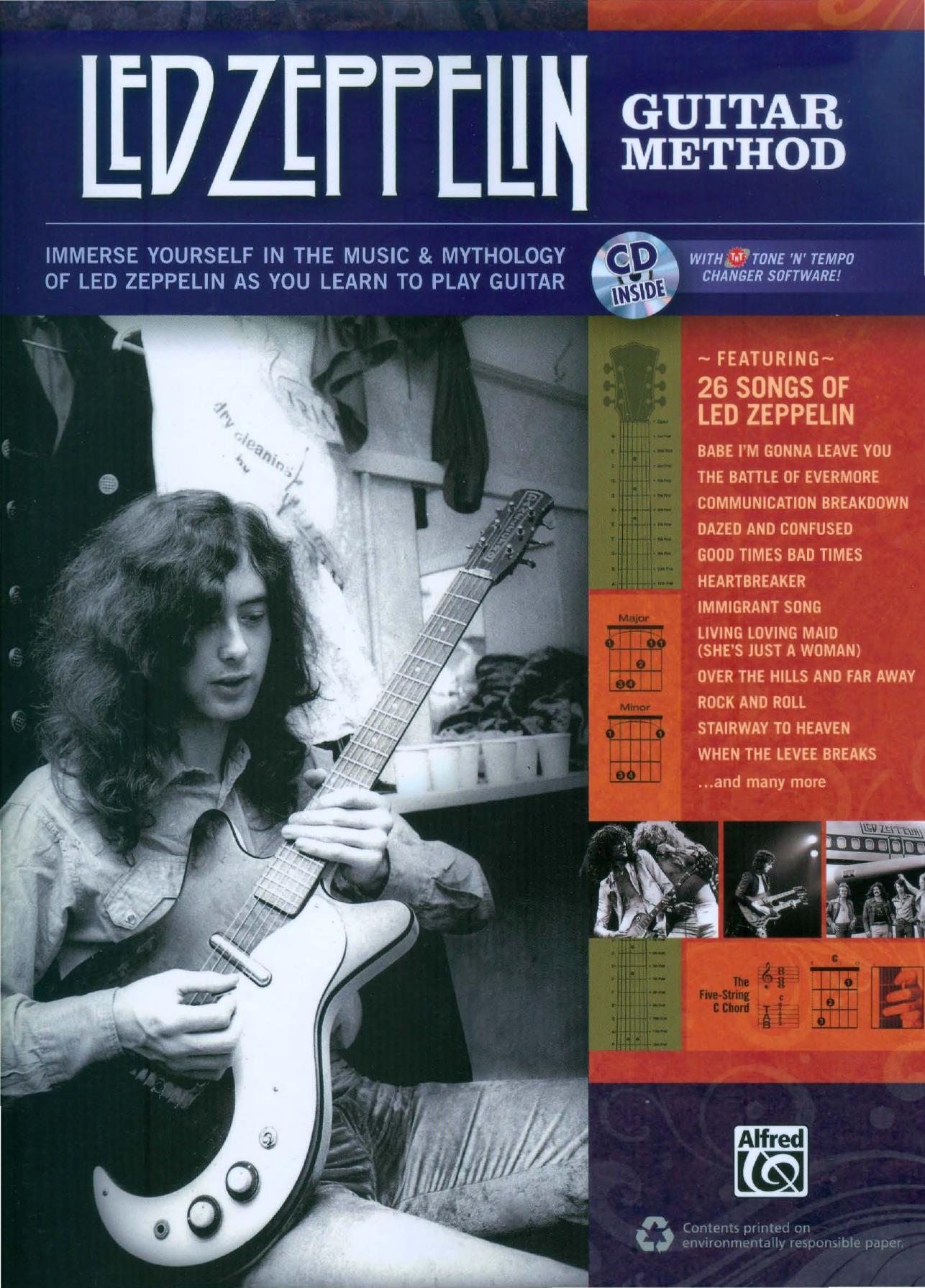
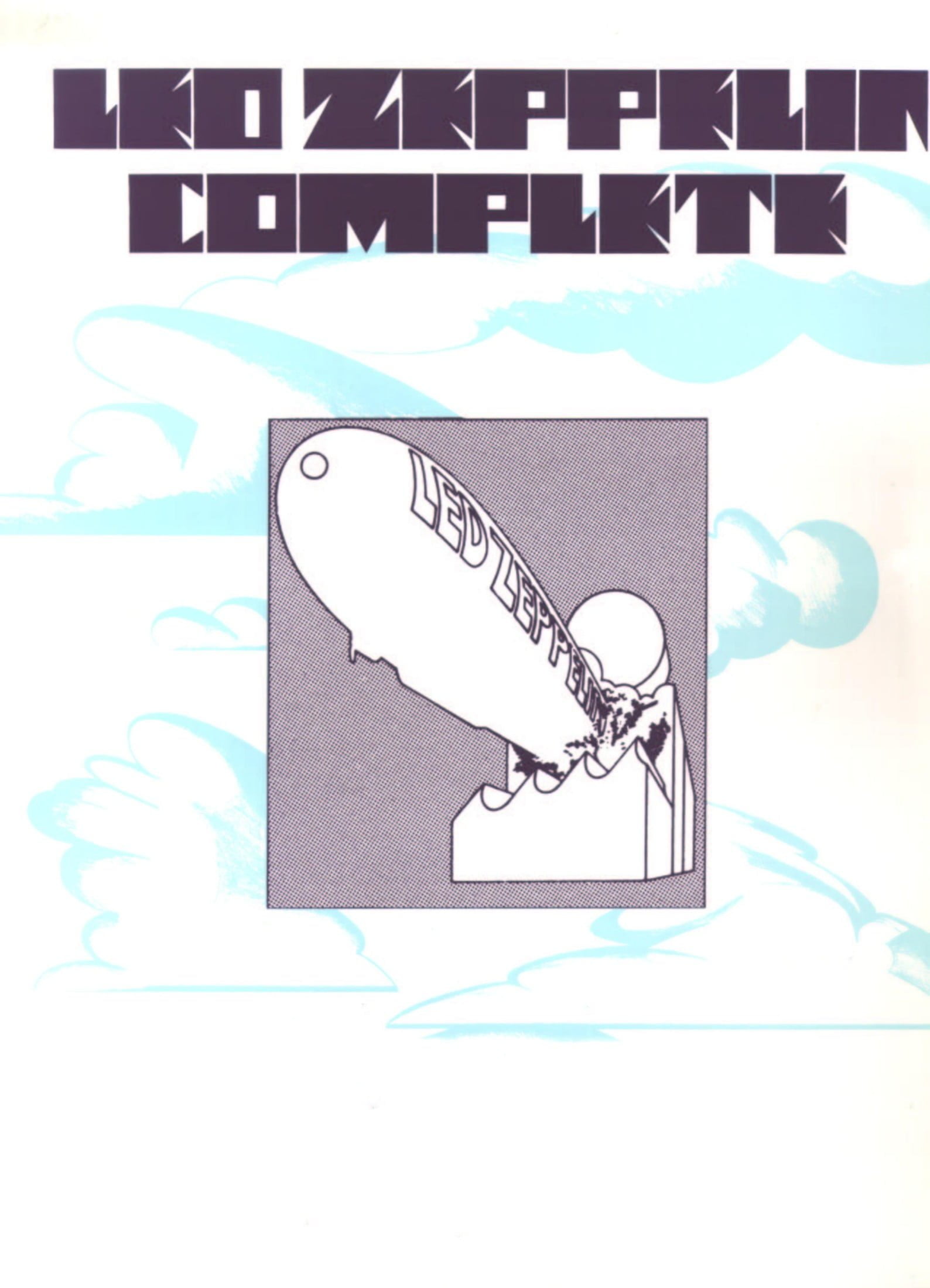
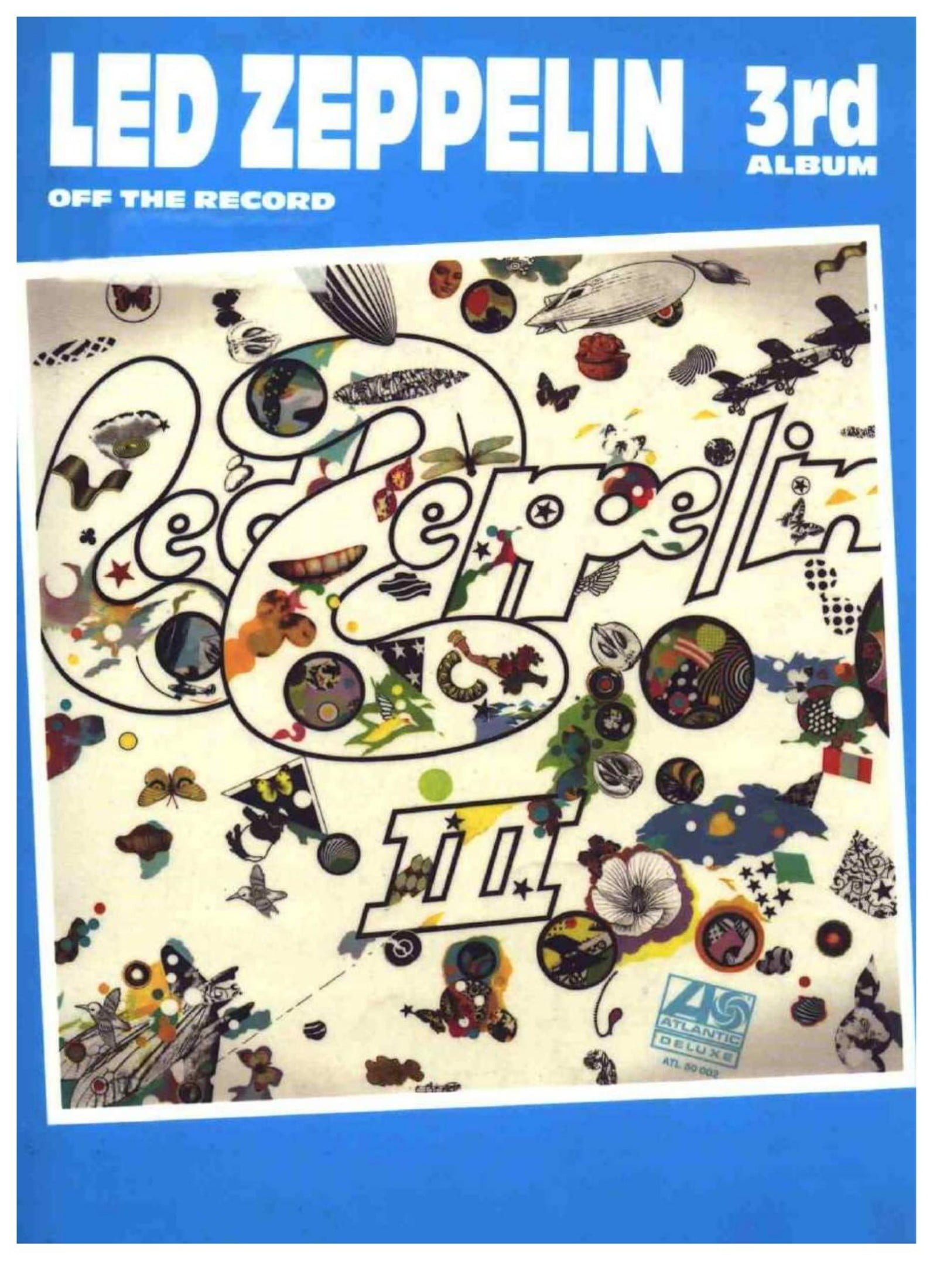

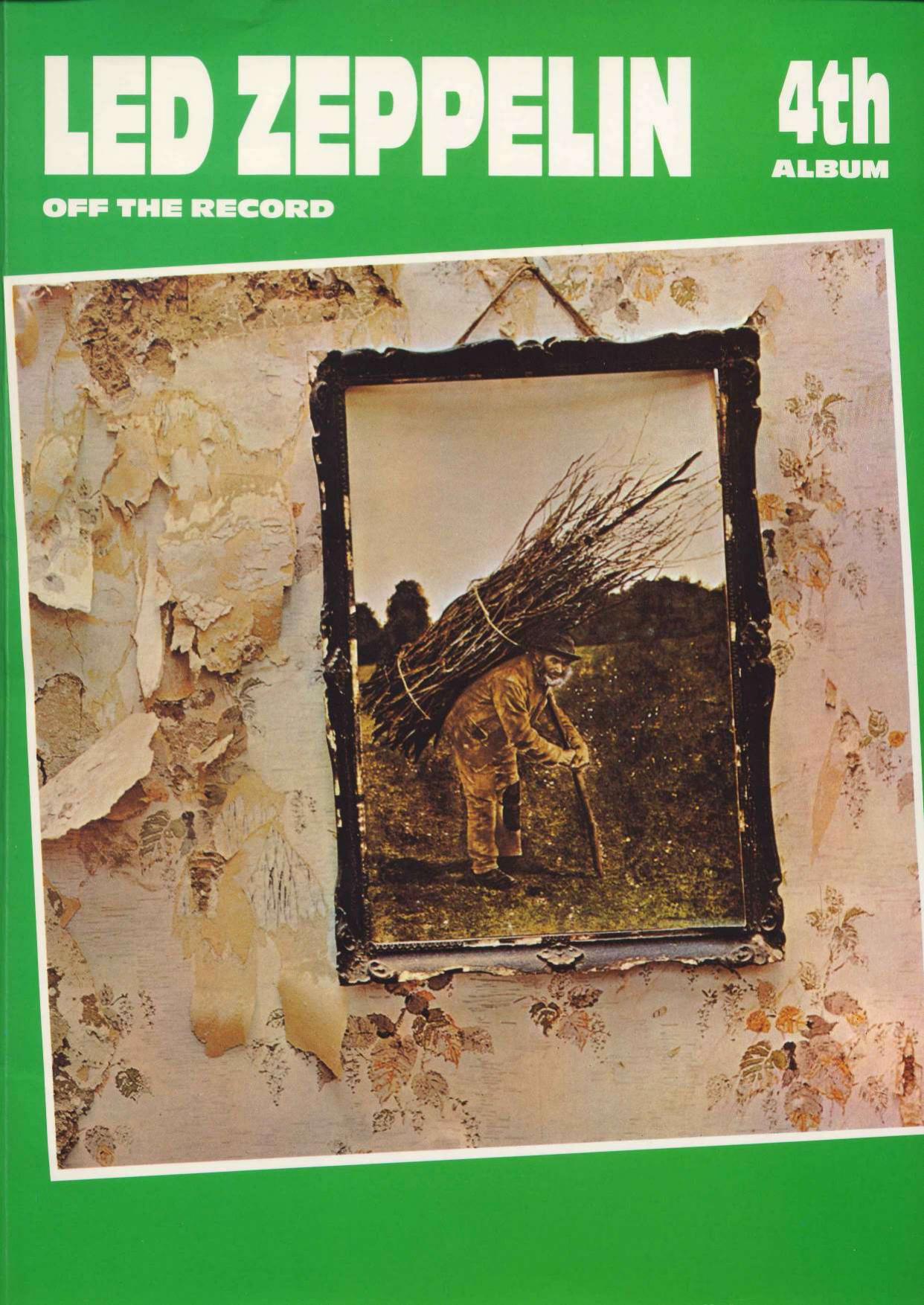
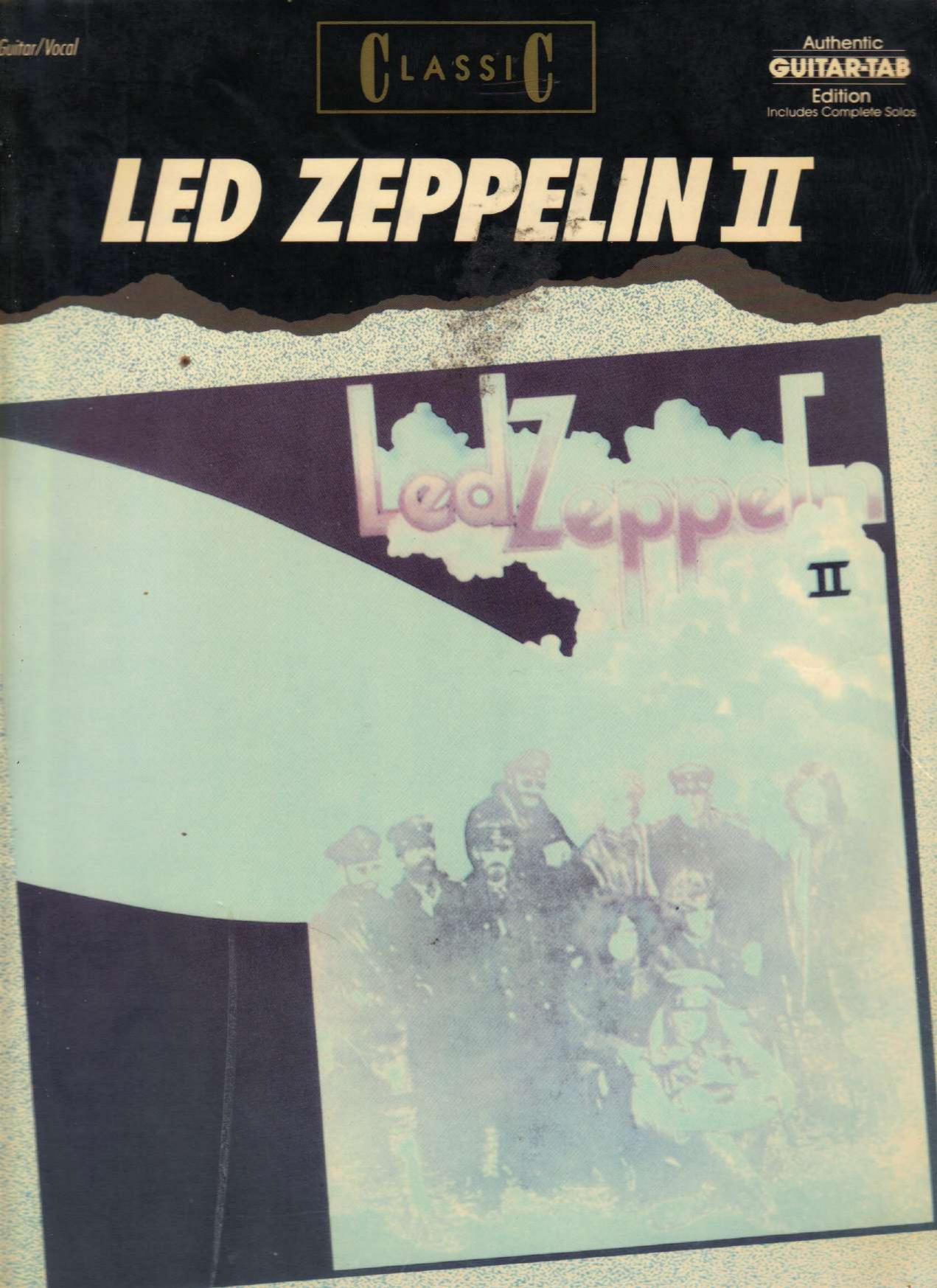
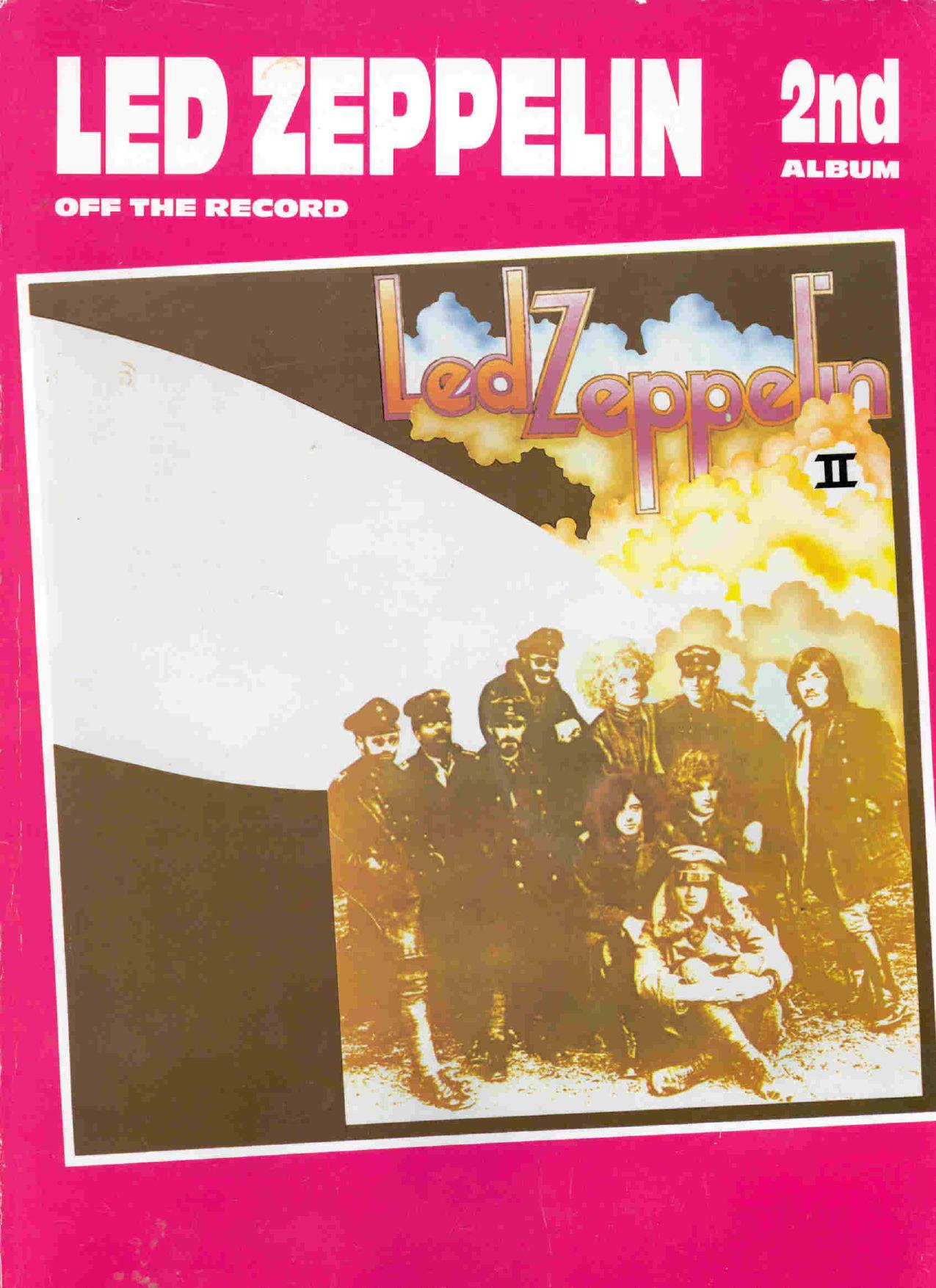
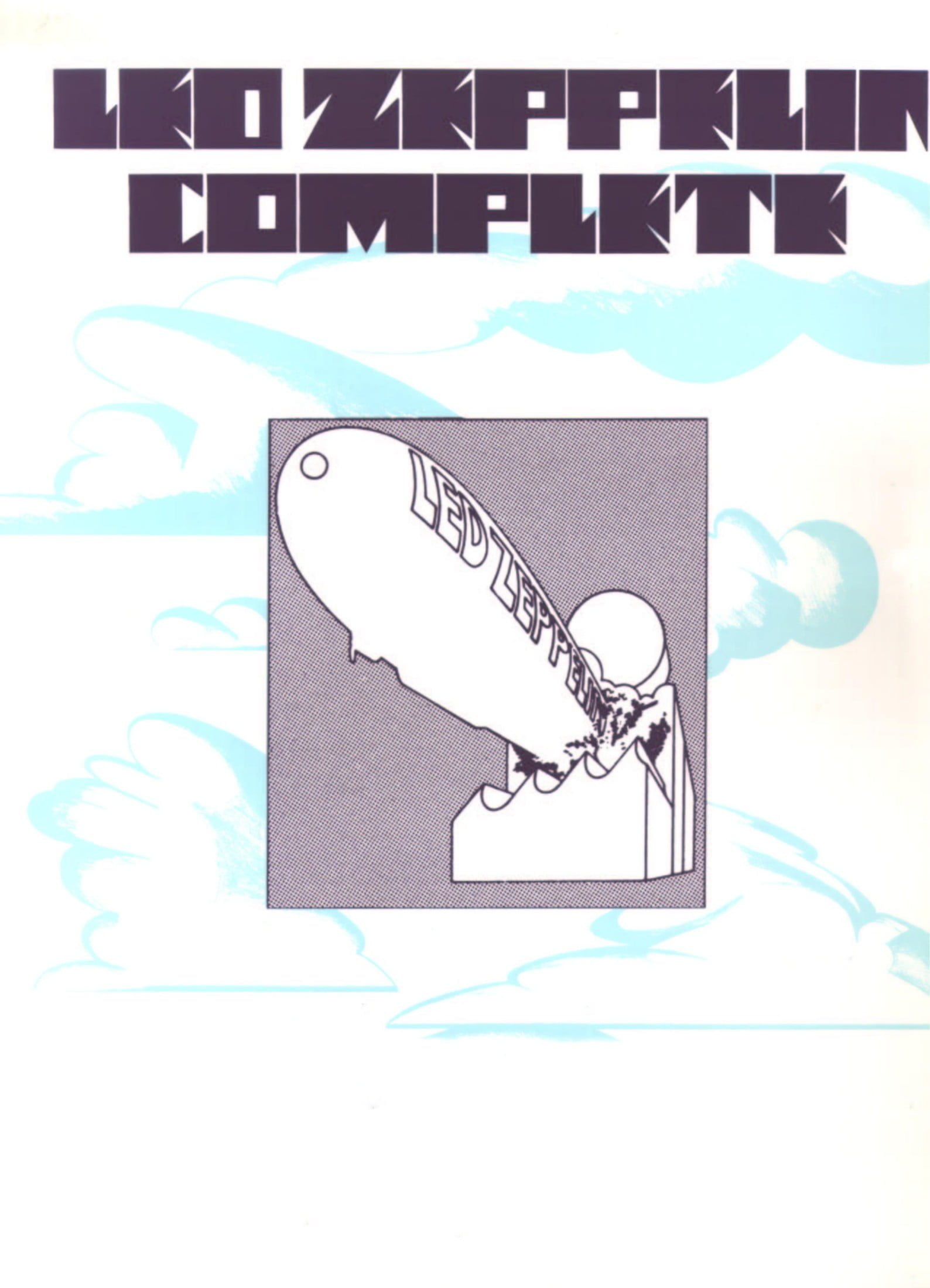

Led Zeppelin: Architects of Rock’s Colossal Temple
Led Zeppelin. The name itself conjures images of thunderous riffs, banshee wails, mystical soundscapes, and an aura of untamed rock ‘n’ roll power that remains unmatched nearly five decades after their dissolution. They weren’t just a band; they were a cultural phenomenon, a seismic force that reshaped the landscape of popular music, defined the excesses and artistry of the 1970s, and built an enduring legacy as one of the most influential, successful, and enigmatic groups in history.
The Genesis: From The Yardbirds to a New Leviathan (1968)
The story begins with Jimmy Page, already a revered session guitarist and the final lead guitarist of The Yardbirds. As The Yardbirds disintegrated in 1968, Page retained the rights to the name for a final Scandinavian tour. Needing musicians, he recruited session bassist/keyboardist John Paul Jones (whose credits ranged from The Rolling Stones to Donovan) and, on the recommendation of Terry Reid, sought out a young, unknown singer from the West Midlands: Robert Plant. Plant, in turn, insisted on bringing his childhood friend and powerhouse drummer, John Bonham. The chemistry was instantaneous and explosive. The initial moniker, “The New Yardbirds,” was swiftly abandoned after a quip by The Who’s Keith Moon (or possibly Entwistle) that such a heavy band would “go down like a lead balloon.” Page, adopting the spelling “Led” to avoid pronunciation errors, christened them Led Zeppelin.
The Alchemy of Four Titans:
The magic of Led Zeppelin resided in the unique, near-telepathic synergy of four virtuoso musicians, each a master of their domain:
- Jimmy Page (Guitar, Production): The architect and visionary. Page wasn’t just a guitarist; he was a sonic alchemist. His riffs (“Whole Lotta Love,” “Kashmir,” “Black Dog”) became the bedrock of hard rock and heavy metal. His solos were fiery and lyrical. Crucially, as producer (alongside engineer Eddie Kramer and later Andy Johns), he pioneered studio techniques – innovative mic placement, layering guitar tracks, ambient recording (the stairwell drums for “When the Levee Breaks”), and meticulous crafting of dynamics that gave Zeppelin albums their immense, three-dimensional sound.
- Robert Plant (Vocals, Lyricism): The golden god, the primal shaman. Plant possessed a vocal range and power that was staggering, moving effortlessly from bluesy howls (“You Shook Me”) to tender folk crooning (“Going to California”) to otherworldly high-pitched screams (“Immigrant Song”). His lyrics, often drawing from mythology (Norse, Celtic), Tolkien, mysticism, and blues archetypes, added layers of intrigue and grandeur. His charismatic stage presence was magnetic.
- John Paul Jones (Bass, Keyboards, Mandolin, Arrangements): The quiet maestro and unsung hero. Jones provided the complex, melodic basslines that were the crucial counterpoint to Page’s riffs and Bonham’s drums (“The Lemon Song,” “Ramble On”). His keyboard work defined entire songs (“No Quarter,” “Trampled Under Foot”). His arrangements, honed through years of session work, added sophistication and depth, incorporating folk, classical, and funk elements. His multi-instrumentalism was vital to their sonic diversity.
- John Bonham (Drums): “Bonzo.” The engine room, the human avalanche. Widely regarded as the greatest rock drummer of all time, Bonham combined raw, titanic power (“When the Levee Breaks,” “Achilles Last Stand”) with unparalleled groove, swing, and jaw-dropping technical ability (his triplet fills on “Good Times Bad Times” redefined rock drumming). His bass drum sound, achieved partly through massive drums and hard tuning, was earth-shattering. He was the irreplaceable rhythmic foundation.
The Studio Odyssey: Albums as Monuments (1969-1979)
Refusing to release singles (especially in the UK), Led Zeppelin focused on the album as an art form. Their discography, though only nine studio albums (including the double Physical Graffiti), is a masterclass in evolution and power:
- Led Zeppelin (1969): A raw, explosive debut. Announced their arrival with a blend of heavy blues (“Dazed and Confused,” “Communication Breakdown”) and acoustic beauty (“Babe I’m Gonna Leave You”). It redefined how loud and heavy rock could be.
- Led Zeppelin II (1969): Recorded on the road, it captured their live ferocity. Contained monster hits “Whole Lotta Love” and “Ramble On,” cementing their superstardom. A blueprint for hard rock.
- Led Zeppelin III (1970): A deliberate left turn, showcasing acoustic and folk influences (“That’s the Way,” “Gallows Pole,” “Tangerine”). Revealed their versatility but initially confused fans expecting more heaviness.
- Led Zeppelin IV / Untitled / Zoso / Runes (1971): Their magnum opus and one of the best-selling albums ever. Perfectly balanced brute force (“Black Dog,” “Rock and Roll”), mysticism (“The Battle of Evermore,” featuring Sandy Denny), folk (“Going to California”), and the epic “Stairway to Heaven” – a song that transcended rock to become a cultural touchstone (despite later copyright issues).
- Houses of the Holy (1973): Further experimentation. Funk (“The Crunge”), reggae (“D’yer Mak’er”), synth textures (“No Quarter”), and the majestic “The Song Remains the Same” and “The Rain Song.” A kaleidoscopic record.
- Physical Graffiti (1975): A sprawling double album showcasing their entire range, from the driving “Custard Pie” and “Kashmir” (a unique, orchestral rock masterpiece) to the bluesy “In My Time of Dying” and the delicate “Down by the Seaside.” A testament to their depth.
- Presence (1976): Recorded amidst turmoil (Plant’s car accident). A harder, more guitar-centric album (“Achilles Last Stand,” “Nobody’s Fault But Mine”). Lacked some diversity but packed immense power.
- In Through the Out Door (1979): Dominated by Jones’ keyboards due to Page and Bonham’s struggles. More diverse and melodic (“Fool in the Rain,” “All My Love”) but still contained rockers (“In the Evening”).
- Coda (1982): A posthumous collection of outtakes.
The Live Experience: Titans on Stage
Led Zeppelin’s concerts were legendary events, often stretching past three hours. They weren’t mere recitals of album tracks; they were extended, improvised journeys. Page’s violin bow solos on “Dazed and Confused,” 20-minute versions of “Whole Lotta Love” incorporating theremins and funk jams, Bonham’s monumental drum solos (“Moby Dick”), Plant’s soaring vocals and charismatic interplay – it was an immersive, visceral, and often overwhelming spectacle of musical prowess and sheer volume. Films like The Song Remains the Same (though flawed) capture glimpses of this power.
Impact and Influence: The Foundation Stones of Rock
Led Zeppelin’s influence is immeasurable and ubiquitous:
- Hard Rock & Heavy Metal: Defined the sonic template – heavy riffs, powerful vocals, thunderous drums, extended solos. Directly inspired countless bands from Aerosmith and Van Halen to Guns N’ Roses, Soundgarden, and Metallica.
- Studio Production: Page’s innovative production techniques became standard practice, pushing the boundaries of what was possible in a recording studio.
- The Album Era: Proved the artistic and commercial viability of the album as the primary format for rock music.
- Blues Revival: Introduced a new generation to blues masters like Willie Dixon, Muddy Waters, and Howlin’ Wolf (though their sometimes lax crediting caused controversy).
- Folk & World Music Integration: Demonstrated how diverse influences (English folk, Indian, Arabic, funk) could be seamlessly woven into hard rock.
- Mystique & Image: Cultivated an aura of mystery and power, influencing rock star mythology. Their fascination with the occult (real or perceived, fueled by Page’s interest in Crowley) added another layer.
- Business Acumen: Pioneered artist control, forming their own label (Swan Song) and dictating terms to promoters and record companies. Manager Peter Grant was notoriously fierce in protecting their interests.
Controversy and Excess: The Shadow Side
Their ascent wasn’t without turbulence:
- “Plagiarism” Accusations: Several early songs closely followed blues standards without proper initial credit (e.g., “Whole Lotta Love”/”You Need Love,” “The Lemon Song”/”Killing Floor,” “Dazed and Confused”). Lawsuits were settled, crediting updated.
- On the Road Excess: Epitomized rock star hedonism – legendary hotel room destruction, sexual escapades, and escalating substance abuse, particularly by Bonham and Page.
- Personal Tragedies: Plant’s son Karac died in 1977, deeply affecting him. Page struggled with heroin addiction, impacting his later performances.
- Violence: Manager Peter Grant and security head John Bindon were involved in notorious incidents of intimidation and violence.
The End and the Legacy: An Indelible Mark
The hammer fell on September 25, 1980. After a day of heavy drinking during rehearsals, John Bonham was found dead (asphyxiation on vomit). The band, recognizing Bonham was irreplaceable, disbanded immediately and with dignity in December 1980: “We wish it to be known that the loss of our dear friend and the deep respect we have for his family, together with the sense of undivided harmony felt by ourselves and our manager, have led us to decide that we could not continue as we were.”
The legacy, however, only grew:
- Cultural Permanence: Their music permeates film, TV, and popular culture. “Stairway to Heaven” remains one of the most iconic rock songs ever.
- Massive Sales: Over 300 million records sold worldwide.
- Critical Reappraisal: While often dismissed by critics early on, their artistic significance is now universally acknowledged.
- Influence: Every hard rock or metal band since owes them a debt.
- Reunions: Carefully curated one-off reunions (Live Aid 1985, Atlantic Records 40th Anniversary 1988, Ahmet Ertegun Tribute Concert 2007 with Jason Bonham on drums) proved the enduring power of their music and the unique chemistry between Page, Plant, and Jones.
- Remasters & Archival Releases: Extensive reissue campaigns (supervised by Page) and live albums (How the West Was Won, Celebration Day) keep their music vital for new generations.
Led Zeppelin: More Than a Band
Led Zeppelin was a force of nature. They combined unparalleled individual talent with near-mystical group chemistry, boundless musical curiosity, and a relentless drive for sonic power. They pushed technical boundaries in the studio, redefined the rock concert experience, and forged a sound that became the bedrock for entire genres. Through blues-drenched fury, acoustic tenderness, folk mysticism, and proto-metal thunder, they explored the vast possibilities of rock music with unmatched ambition and success.
Despite controversies, personal tragedies, and a relatively brief lifespan, Led Zeppelin’s music retains an undiminished power. They built a colossal temple of sound, brick by heavy brick, riff by monumental riff, that continues to inspire awe and wonder. They weren’t just the biggest band of the 70s; they remain one of the mightiest pillars upon which the entire edifice of rock music stands. Their song truly does remain the same – timeless, powerful, and utterly essential.
